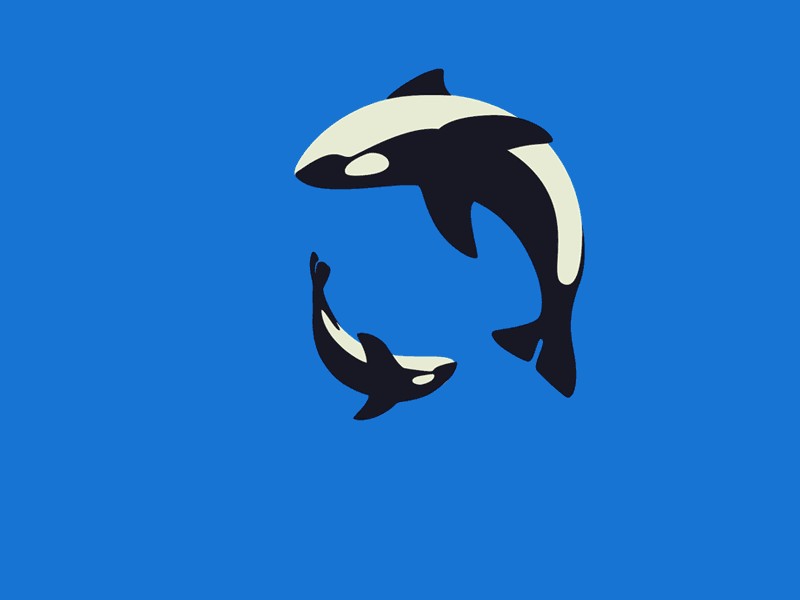Availability & Seasonality
The heaviest landings of kajiki are during the summer and fall (June - October), the period when schooling tunas, the favorite prey of kajiki, are often abundant in the waters off Hawaii. This fish is commonly released by sportsmen. NOTE: California Residents | Local regulations prohibit us from shipping Kajiki (Pacific Blue Marlin) to any city in California. Even though our system will let you purchase marlin, we are sorry but we will be unable to process your order.
Product Forms & Yields
Kajiki is marketed in many forms. Kajiki with high fat content may be served as sashimi. Other good quality fresh fish may be filleted or loined for restaurants to serve as “catch of the day” or for sale in fish markets. Dressed, chunked, or loined marlin may be exported (although not to California which prohibits the sale of marlins, except black marlin, from any source). Up to 65% of whole fish weight can be recovered as fillet (see Table 5). Large fish that are less suitable for the fresh market, but yield a high percentage of usable flesh, may be smoked or processed into other forms such as fish burgers.
Shelf Life & Quality Control
Although some longline boats which catch kajiki are at sea for up to 10-12 days, the quality of the fish is often better than one- or two-day old fish from sportfishing tournaments in which the sales value of the catch is secondary to the recreational value and the fish are not immediately iced (see Table 3). Kajiki (Pacific Blue Marlin) Poorly-handled fish may have cracked (separated) or turbid (burnt) flesh that is opaque with a dull, beige color. The texture is mushy, and the flesh falls apart easily. In kajiki of over 150 pounds, there is considerable connective tissue between layers of muscle. This tissue is tough and stringy, and its presence is one of the reasons why fish dealers and consumers prefer smaller kajiki.

